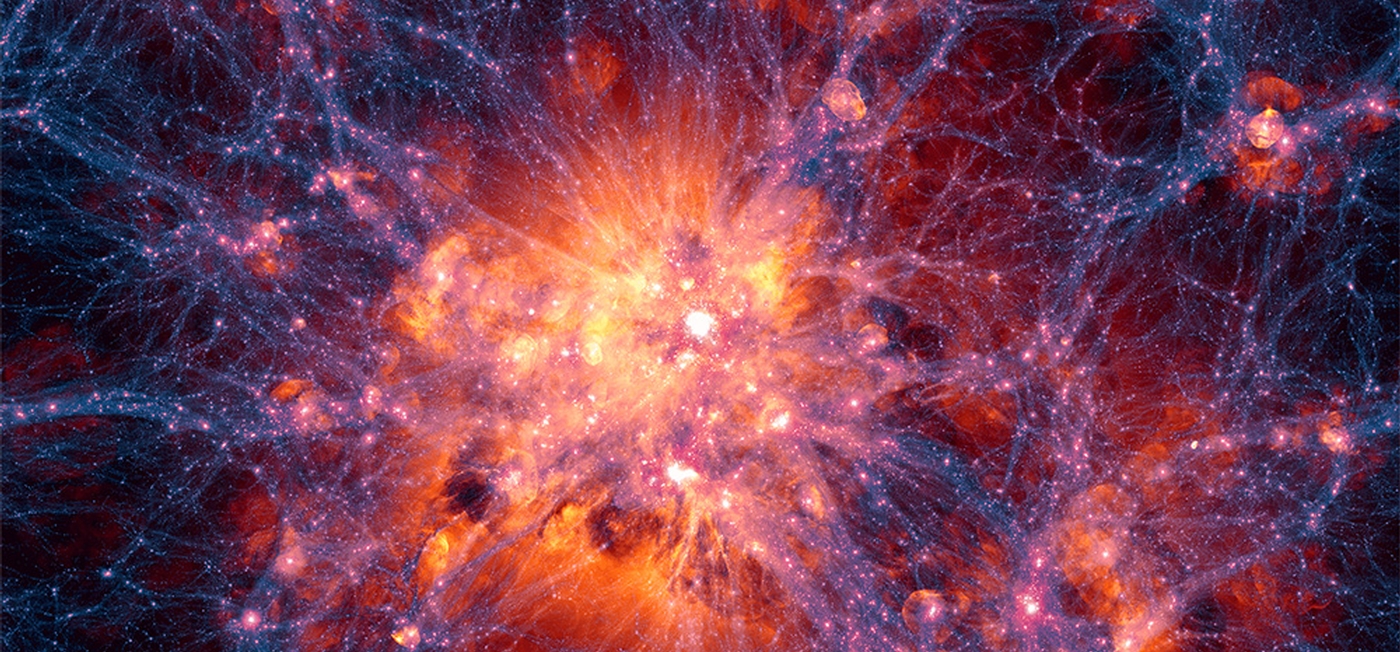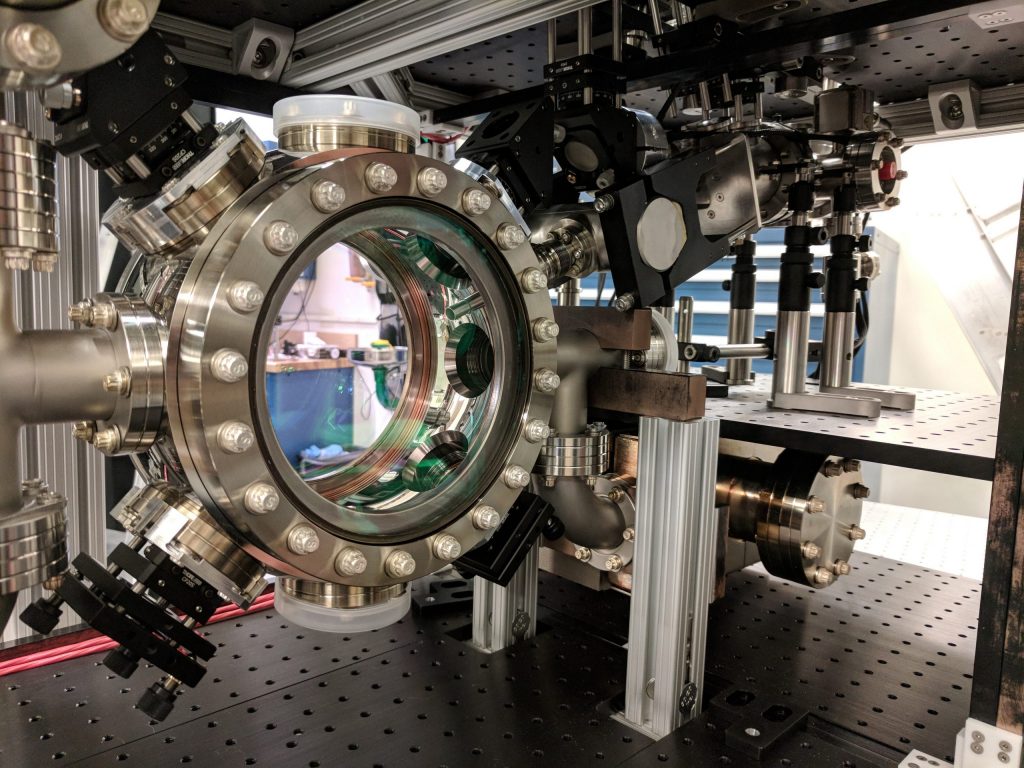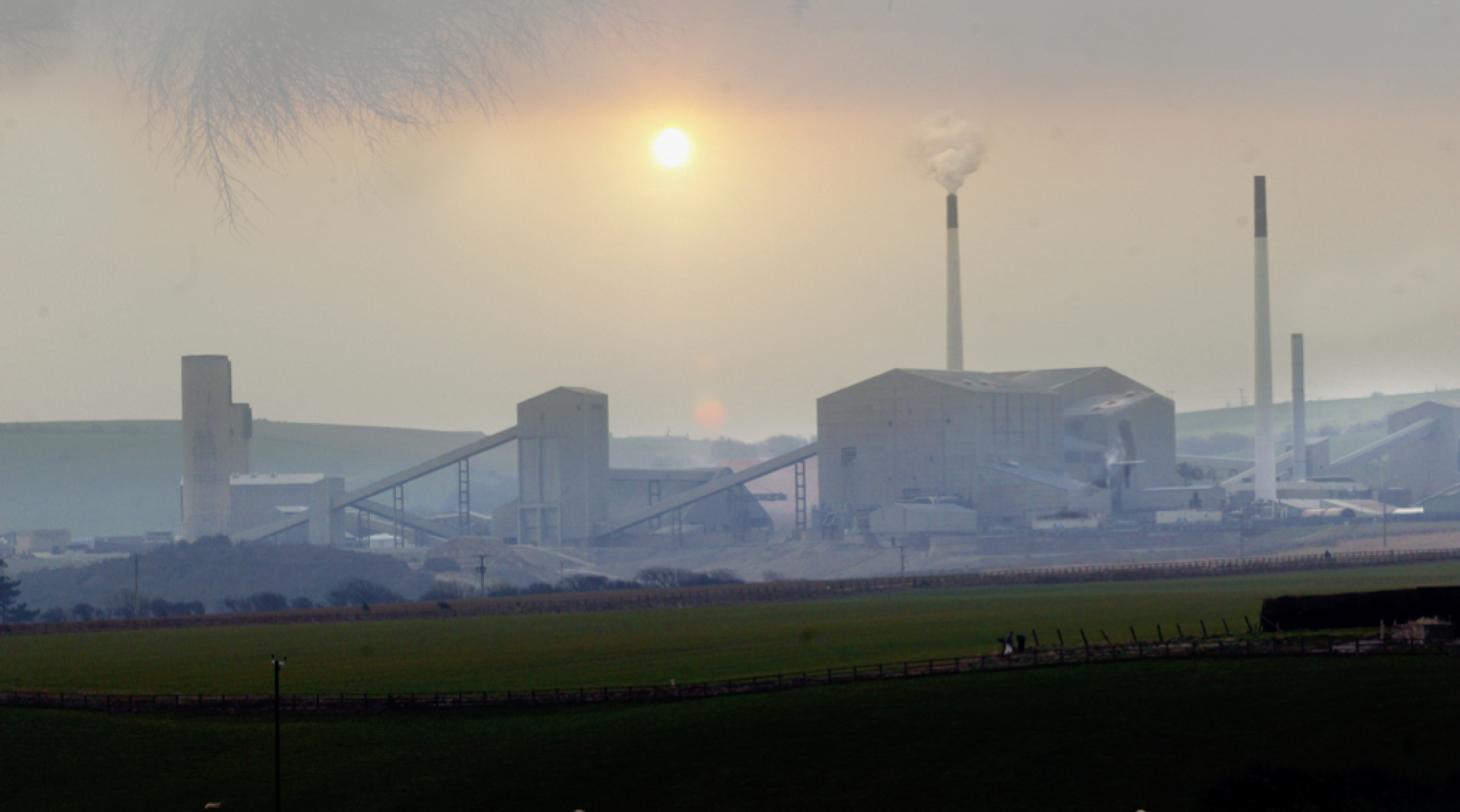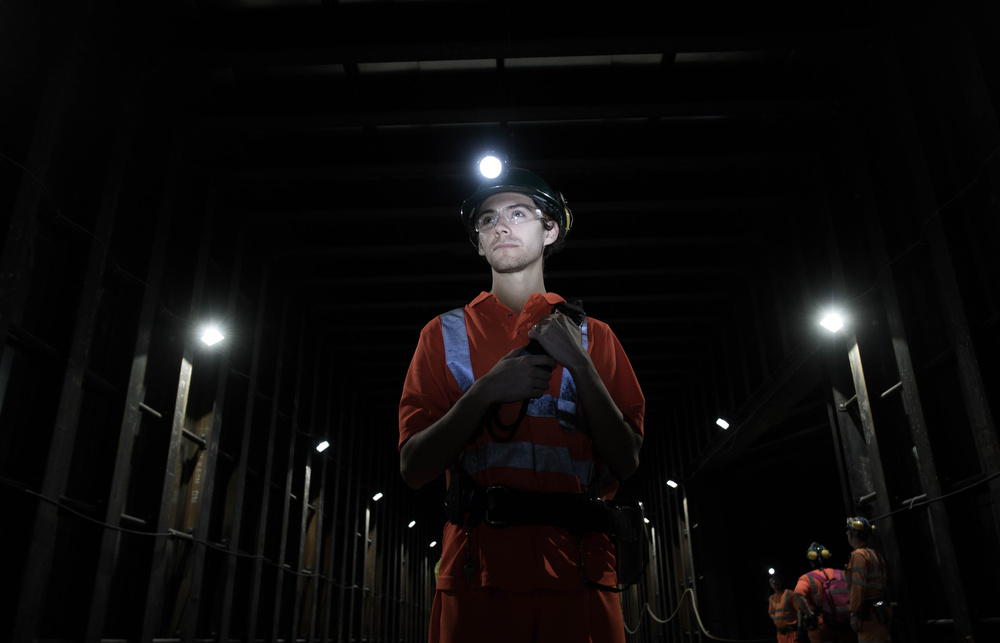For more information on the application process and to hear from previous summer students, visit Summer Students.
For general placements at STFC, visit STFC Placements.
PROJECTS:
DARK MATTER

The Dark Matter group at RAL has been involved in the construction and exploitation of the LUX-ZEPLIN double-phase LXe detector at Homestake in the US. We are also involved in the R&D programme for the future G3 Liquid Xenon Dark Matter project.
One of the R&D elements is to simulate and measure the so-called Migdal Effect which detection will significantly improve the detector sensitivity to low-mass WIMP searches. The success of the future experiment depends on a careful understanding of this effect. This 8-week placement will focus on the data analysis from the MIGDAL experiment.
For more information and to apply, visit Dark Matter Placement.
QUANTUM SENSORS

The AION and MAGIS collaborations develop ultra-sensitive atom interferometers that will be used to search for ultra-light dark matter and detect gravitational waves. These detectors will be built and installed in the UK and at Fermilab (US). Both collaborations are working towards a 100-metre baseline detector as a step toward a 1 km version with sufficient sensitivity to detect gravitational waves in the mid-band from 0.1 Hz - 10 Hz - between the Advanced LIGO and LISA experiments.
This placement will focus on the development and characterisation of the cold atom source at the heart of the detector.
For more information and to apply, visit Quantum Sensors Placement.
MACHINE LEARNING
When analysing collisions data from the ATLAS detector at the LHC it is common to derive a prediction for one part of the data using another part of the data. Such “data-driven” techniques are regularly used for estimating background event rates in searches for new physics and measurements of precision Standard Model processes.
This 10-week summer placement project will investigate a novel use of neural network classifiers (or other appropriate machine learning technologies) in the context of this technique. The successful candidate will work with ATLAS simulated and/or real data and will learn about how data from the LHC is analysed in a particle physics experiment.
PIXEL DETECTOR
The ATLAS Group is currently working on a major upgrade of the experiment. The Upgraded ATLAS Pixel Tracker will be the biggest pixel detector system ever built, with over a billion detector channels! At RAL, we will be a key player in the assembly of the Pixel Endcaps for the Tracker Upgrade. RAL will assemble hybrid pixel detector modules onto lightweight carbon fibre half-rings for the Upgrade.
Over the next few months, we will continue our work on the precision placement of detector modules onto the half-rings. Modules will undergo electrical testing before and after loading onto the support structures. We expect to assemble and test an important prototype for the ATLAS Pixel Endcap. This 8-week placement will be involved building prototype detector assemblies, which will be tested to verify the electrical and cooling system design for the Upgrade.
BOULBY LABORATORY

STFC’s Boulby Underground Laboratory is the UK’s deep underground science facility located 1.1km below ground! Located in Boulby mine, this is a working potash, polyhalite and salt mine in the North East of England. Boulby is a special place for science, enabling a wide range of studies requiring access to the geologically interesting and ultra-low background deep underground environment.
The science conducted at Boulby is highly multidisciplinary, with a wide range of studies needing access to low-background experimental space or access to the geologically interesting deep underground environment. Science at Boulby ranges from low background astroparticle physics (dark matter searches and more) to studies of geology/geophysics, climate, the environment, planetary exploration technology development, and life in extreme environments on Earth and beyond. For more information about summer placements at Boulby, visit:

